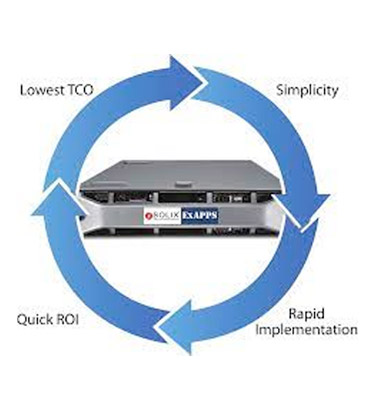Recent events in Middle East again bring to focus the type of political governance that is effective as well as viable over the long run. History shows that only a multi-party democracy with a strong Constitution, where Judiciary is independent of Legislature as well as Executive and where there are at least two strong political parties can provide effective governance that is of the people and for the people and has the strongest chance of surviving at least two hundred years.
Recent business scandals point to another truism in governance. Successful companies that have lasted for at least thirty years have well laid-out corporate governance guidelines that are effectively monitored by an Audit or Corporate Governance Committee headed by an independent Board member and where the Chairman, CEO and CFO roles are distinct.
Recent criticisms of IT departments not moving at the speed of business and being far too resource hungry have brought to fore the importance of good IT governance – Infrastructure, Process and Data. Poor infrastructure governance has led to poor utilization of assets. Poor process governance has led to failed or very expensive IT projects that have delivered little ROI. And poor data governance has embarrassed senior managers with missing or stolen data that have led to serious legal or regulatory consequences.
In the last few years Solix has offered solutions that largely addressed a few fundamental issues relating to data governance – exponential data growth, legacy data retention/destruction, data duplication and data breach.
We have now gone one step further with our announcement last month of Cloud-enabling solutions with Solix EDMS. This addresses two problems a CIO faces that comes under the purview of infrastructure governance: while an organization may have decided that Cloud is the way to go for optimal utilization of IT assets and delivering higher SLAs to business users, the CIO faces the challenge to ensure a smooth transition to the Cloud and ensuring that the Cloud infrastructure is also not wasted by moving legacy applications to it. Therefore he faces the problem to very quickly identify the candidates for retirement. A process that took over a year at minimum now needs to be done in less than ninety days.
This is just the beginning of some exciting R&D work that our engineers are doing in area of Cloud-enabling technologies. Just as democracy is the best form of political governance for citizen welfare, Cloud is emerging as a best practice in Information Governance for users and business agility.
